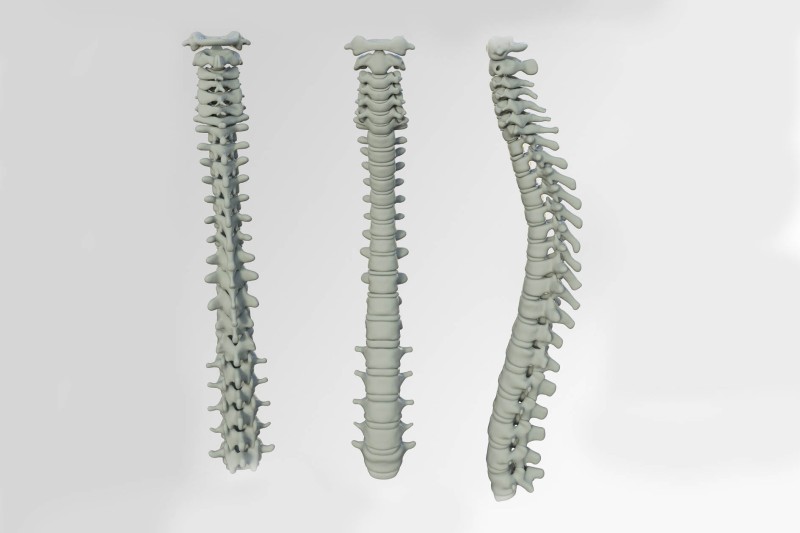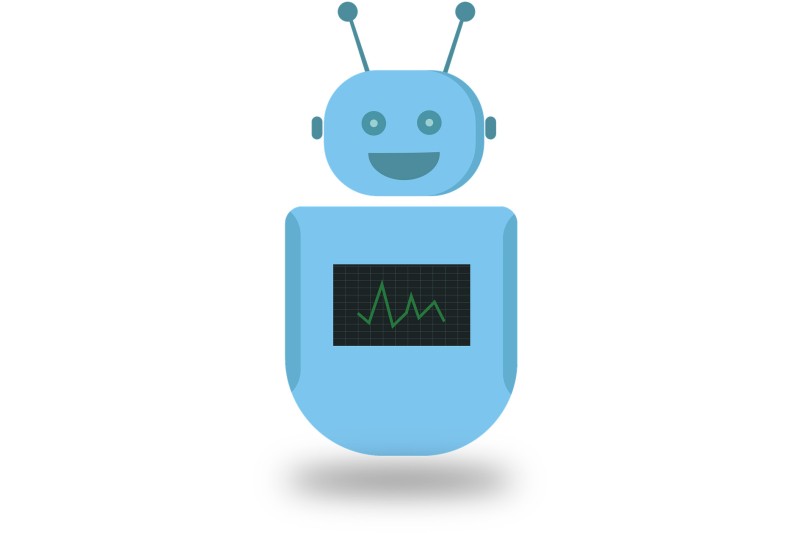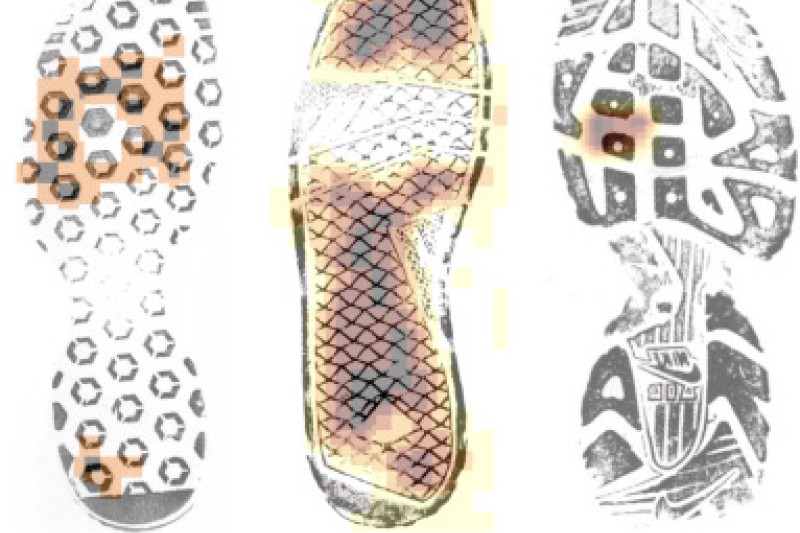Balaguer-Ballester, E., Nogueira, R., Abolafia, J.M., Moreno-Bote, R. Sanchez-Vives, M.V. 2020. Representation of Foreseeable Choice Outcomes in Orbitofrontal Cortex Triplet-wise Interactions. Plos Computational Biology, 16(6): e1007862.
Tabas, A., Andermann, M. (shared first authorship), Schuberth, V., Riedel, H., Balaguer-Ballester, E., Rupp, A. (shared senior authorship). 2019. Modelling and MEG evidence of early consonance processing in auditory cortex. Plos Computational Biology, 15(2): e1006820.
Nogueira, R., Abolafia, J.M., Drugowitsch, J., Balaguer-Ballester, E., Sanchez-Vives, M.V., Moreno-Bote, R. 2017. Lateral orbitofrontal cortex anticipates choices and integrates prior with current information. Nature Communications, 8. DOI: 10.1038/ncomms14823.
Lapish, C. and Balaguer-Ballester, E. (shared first authorship), Phillips, A, Seamans, J. and Durstewitz, D. 2015. Amphetamine Bidirectionally alters Prefrontal Cortex Attractor Dynamics during Working Memory. The Journal of Neuroscience 35(28): 10172-10187.
Hyman, J., Ma, L., Balaguer-Ballester, E., Durstewitz, D., Seamans, J. 2012. Contextual encoding by ensembles of medial prefrontal cortex neurons. Proceedings of the National Academy of Sciences USA (PNAS), 109 (13)5086-5091.
Nandakumar, V., Swain, I., Taylor, P., Merson, E. and Budka, M., 2022. SmartStim: A Recurrent Neural Network Assisted Adaptive Functional Electrical Stimulation for Walking. Current Directions in Biomedical Engineering, 8 (3), 41-43.
Budka, M., Ashraf, A.W.U., Bennett, M., Neville, S. and Mackrill, A., 2021. Deep multilabel CNN for forensic footwear impression descriptor identification. Applied Soft Computing, 109.
Budka, M., Bennett, M.R., Reynolds, S.C., Barefoot, S., Reel, S., Reidy, S. and Walker, J., 2021. Sexing white 2D footprints using convolutional neural networks. PLoS ONE, 16 (8 August).
Wahid-Ul-Ashraf, A., Budka, M. and Musial, K., 2019. How to predict social relationships — Physics-inspired approach to link prediction. Physica A: Statistical Mechanics and its Applications, 523, 1110-1129.
Salvador, M.M., Budka, M. and Gabrys, B., 2019. Automatic Composition and Optimization of Multicomponent Predictive Systems With an Extended Auto-WEKA. IEEE TRANSACTIONS ON AUTOMATION SCIENCE AND ENGINEERING, 16 (2), 946-959.
Almilaji, O., Engen, V., Snook, J. and Docherty, S., 2022. The development of a web-based application to predict the risk of gastrointestinal cancer in iron deficiency anaemia; the IDIOM app. Digital, Special Edition of Intelligent Digital Health Interventions, 2 (1), 104-119.
Almilaji, O., Engen, V., Thomas, P. and Snook, J., 2021. THE DEVELOPMENT OF A WEB-BASED APPLICATION TO PREDICT THE RISK OF GI CANCER IN IDA. GUT, 70, A37-A38.
Kyriazis, D., Engen, V. et al., 2019. The CrowdHEALTH project and the hollistic health records: Collective wisdom driving public health policies. Acta Informatica Medica, 27 (5), 369-373.
Jamil, W. and Bouchachia, A., 2022. Iterative ridge regression using the aggregating algorithm. Pattern Recognition Letters, 158, 34-41.
Pedrosa, J., Bouchachia, H. et al., 2021. LNDb challenge on automatic lung cancer patient management. Medical Image Analysis, 70.
Kyamakya, K., Al-Machot, F., Mosa, A.H., Bouchachia, H., Chedjou, J.C. and Bagula, A., 2021. Emotion and stress recognition related sensors and machine learning technologies. Sensors, 21 (7).
Anwary, A.R., Cetinkaya, D., Vassallo, M. and Bouchachia, H., 2021. Smart-Cover: A real time sitting posture monitoring system. Sensors and Actuators, A: Physical, 317.
Pohl, D., Bouchachia, A. and Hellwagner, H., 2020. Active Online Learning for Social Media Analysis to Support Crisis Management. IEEE Transactions on Knowledge and Data Engineering, 32 (8), 1445-1458.
Majumdar, A., Bakirov, R., Hodges, D., Scott, S. and Rees, T., 2022. Machine Learning for Understanding and Predicting Injuries in Football. Sports Medicine - Open, 8 (1).
Bakirov, R., Fay, D. and Gabrys, B., 2021. Automated adaptation strategies for stream learning. Machine Learning, 110 (6), 1429-1462.
Bakirov, R., Gabrys, B. and Fay, D., 2016. Augmenting adaptation with retrospective model correction for non-stationary regression problems. Proceedings of the International Joint Conference on Neural Networks, 2016-October, 771-779.
Bhullar, G., Khullar, A., Kumar, A., Sharma, A., Pannu, H.S. and Malhi, A., 2022. Time series sentiment analysis (SA) of relief operations using social media (SM) platform for efficient resource management. International Journal of Disaster Risk Reduction, 75.
Singh, A., Pannu, H.S. and Malhi, A., 2022. Explainable Information Retrieval using Deep Learning for Medical images. Computer Science and Information Systems, 19 (1), 277-307.
Arora, P., Mishra, A. and Malhi, A., 2022. Machine learning Ensemble for the Parkinson’s disease using protein sequences. Multimedia Tools and Applications.
Huotari, M., Arora, S., Malhi, A. and Främling, K., 2021. Comparing seven methods for state-of-health time series prediction for the lithium-ion battery packs of forklifts. Applied Soft Computing, 111.
Malhi, A.K., Batra, S. and Pannu, H.S., 2019. An Efficient Privacy Preserving Authentication Scheme for Vehicular Communications. Wireless Personal Communications, 106, 487-503.
Tsimperidis, I., Rostami, S., Wilson, K. and Katos, V., 2021. User Attribution Through Keystroke Dynamics-Based Author Age Estimation. Lecture Notes in Networks and Systems, 180, 47-61.
Stubbs, R., Wilson, K. and Rostami, S., 2020. Hyper-parameter Optimisation by Restrained Stochastic Hill Climbing. Advances in Intelligent Systems and Computing, 1043, 189-200.
Wilson, K. and Rostami, S., 2019. On the integrity of performance comparison for evolutionary multi-objective optimisation algorithms. Advances in Intelligent Systems and Computing, 840, 3-15.
Mavengere, N.B., Henriksen-Bulmer, J., Passmore, D., Mayes, H., Fakorede, O., Coles, M. and Atfield-Cutts, S., 2021. Applying innovative technologies and practices in the rapid shift to remote learning. Communications of the Association for Information Systems, 48, 185-195.
Atfield-Cutts, S., Ollis, G., Coles, M. and Mayes, H., 2016. Blended Feedback II: Video feedback for individual students is the norm, on an undergraduate computer programming unit. In: 27th Annual Workshop of the Psychology of Programming Interest Group - PPIG 2016 7-10 September 2016 St. Catharine's College, University of Cambridge, UK. Psychology of Programming Interest Group (PPIG 2016).
Pandey, H., Aslam, M.S., Tiwari, P. and Band, S.S., 2022. Observer–Based Control for a New Stochastic Maximum Power Point tracking for Photovoltaic Systems With Networked Control System. IEEE Transactions on Fuzzy Systems.
Yadav, S.K., Agarwal, A., Kumar, A., Tiwari, K., Pandey, H.M. and Akbar, S.A., 2022. YogNet: A two-stream network for realtime multiperson yoga action recognition and posture correction. Knowledge-Based Systems, 250.
He, L., Guo, C., Tiwari, P., Su, R., Pandey, H.M. and Dang, W., 2022. DepNet: An automated industrial intelligent system using deep learning for video-based depression analysis. International Journal of Intelligent Systems, 37 (7), 3815-3835.
Das, S.R., Hota, A.P., Pandey, H.M. and Sahoo, B.M., 2022. Industrial power quality enhancement using fuzzy logic based photovoltaic integrated with three phase shunt hybrid active filter and adaptive controller. Applied Soft Computing, 121.
Yadav, S., Kera, S.B., Gonela, R.V., Tiwari, K., Pandey, H. and Akbar, S.A., 2022. TBAC: Transformers Based Attention Consensus for Human Activity Recognition. In: IEEE WCCI 2022 International Joint Conference on Neural Networks (IJCNN 2022) 18-23 July 2022 University Padua Italy.





